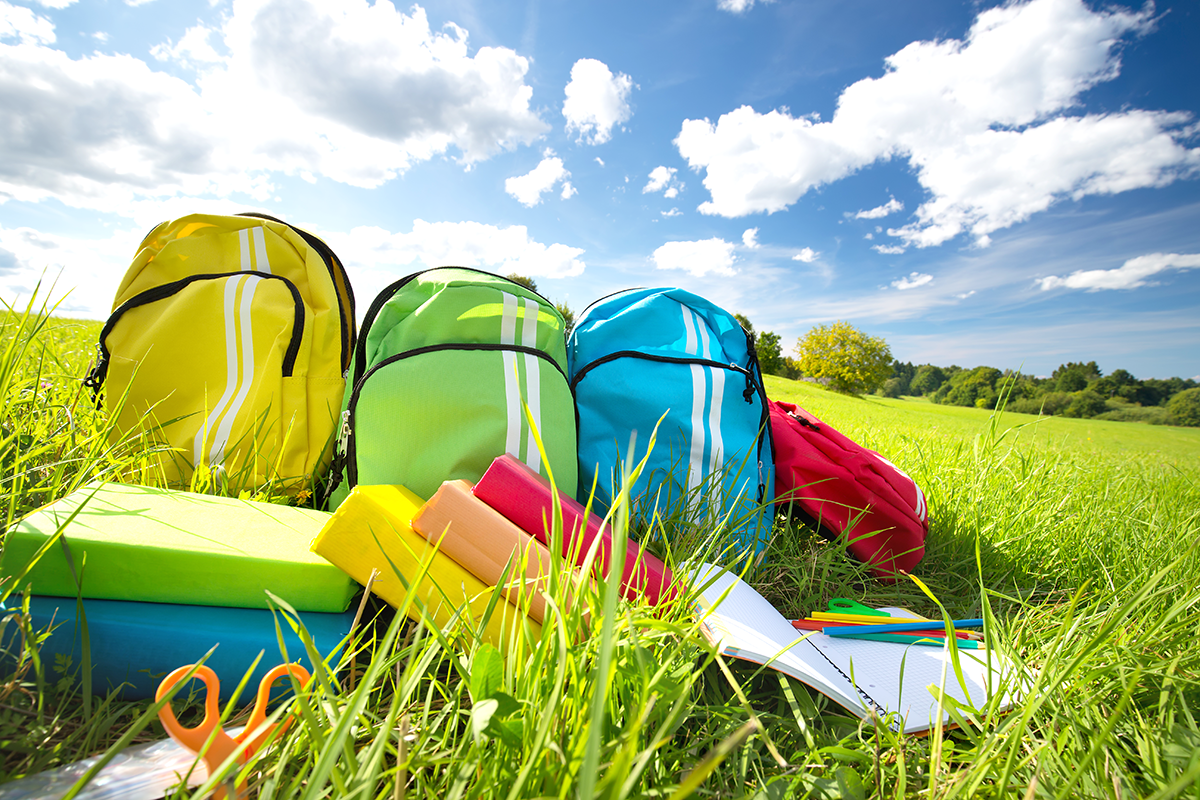The concept of outdoor learning may have gained popularity during the COVID-19 pandemic but providing students locally focused environmental education experiences is a longstanding commitment for the Plumas County Office of Education and Plumas Unified School District.
For 27 years, Plumas COE’s Outdoor Education Coordinator Rob Wade has been at the forefront of efforts to expand and enrich programming. A formal outdoor education program consisting of an overnight camp experience for sixth graders was established in 1988 and inherited by Wade in the 90s. Even prior to that, there were typically learning opportunities based on teachers’ interests, Wade explained.
Located in California’s Sierra Nevada, there are outdoor learning classrooms on-site at schools and “learning landscape” properties within a 10-minute walk of PUSD campuses to support access to natural learning settings in addition to the Outdoor Core K-12 program.
The program encompasses PUSD’s strategy for meeting Next Generation Science Standards while also growing offerings and partnerships with strategic organizations and agencies in the region, while emphasizing student input and engagement
“We worked with our local science partners to identify projects that are appropriate and relevant to our region because we really like local phenomena and local problems to be the drivers of what we’re doing so the learning and projects are authentic,” Wade said.
One project involves designing and implementing beaver dam analogue, a simulation of an actual beaver dam, to learn its impacts on multiple species and the habitat at large. Biologists work with students and their teachers.
Depending on their grade-level, elementary students focus on different species.
“We have second graders who are doing that [project] during the year of the reptile and amphibian see how it will benefit amphibian populations” Wade explained “As students move up through the grades, they might work on the same project but it’s the year of the mammal so they’re looking at how the project would provide habitat benefits to the mammal species.”
“We find sometimes that you go into the same meadow and the same creek year after year but you’re asking amphibian questions or mammal questions or trout questions or bird questions, you’re looking at it uniquely and deepening your relationship with the place,” Wade continued. “You’re attending to the needs of a particular species that needs championing and kids get to be the voice of nature because nature, unfortunately, can’t advocate for itself.”
Junior high and high school students who have completed the projects earlier in their academic careers can serve as mentors for the next generation. Older students take more traditional courses to continue their environmental education. Guest speakers and field trips are offered to “actively apply classroom learning through citizen science,” Wade noted.
“We’re trying to create lifelong learners who have a lifelong love of science and see themselves as a citizen scientist, but that they’re also lifelong stewards of any place that they live,” Wade explained.
All LEAs have outdoor learning opportunities
Wade recently contributed a case study on Plumas’ approach to outdoor learning for the book, “Trailblazers for Whole School Sustainability: Case Studies of Educators in Action.” While Plumas is a rural region, the book includes cases studies from urban districts too.
Leveraging a local educational agency’s setting is critical, Wade explained. Having students in every school community focused on their locality can have a big impact.
“I know it’s Earth Day, but no child can study and understand the Earth if they can’t understand and care for the place that they live,” Wade said. “I think that is so critical for kids feeling empowered — [learning] that they can do something and can see a difference being made.”
Looking at local organizations and agencies and connecting with those that share your vision is also important to grow capacity. One benefit of these partnerships is having outside resources for teachers to call upon in the sciences.
“Every school is in a place that is just exploding with authentic opportunities to learn and with partners who are waiting to be asked to come onto the dance floor of education. Part of that is just demystifying those barriers,” Wade said.





